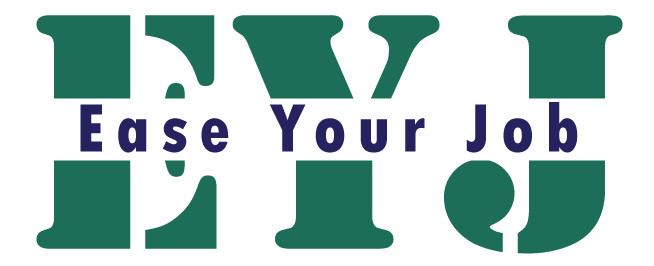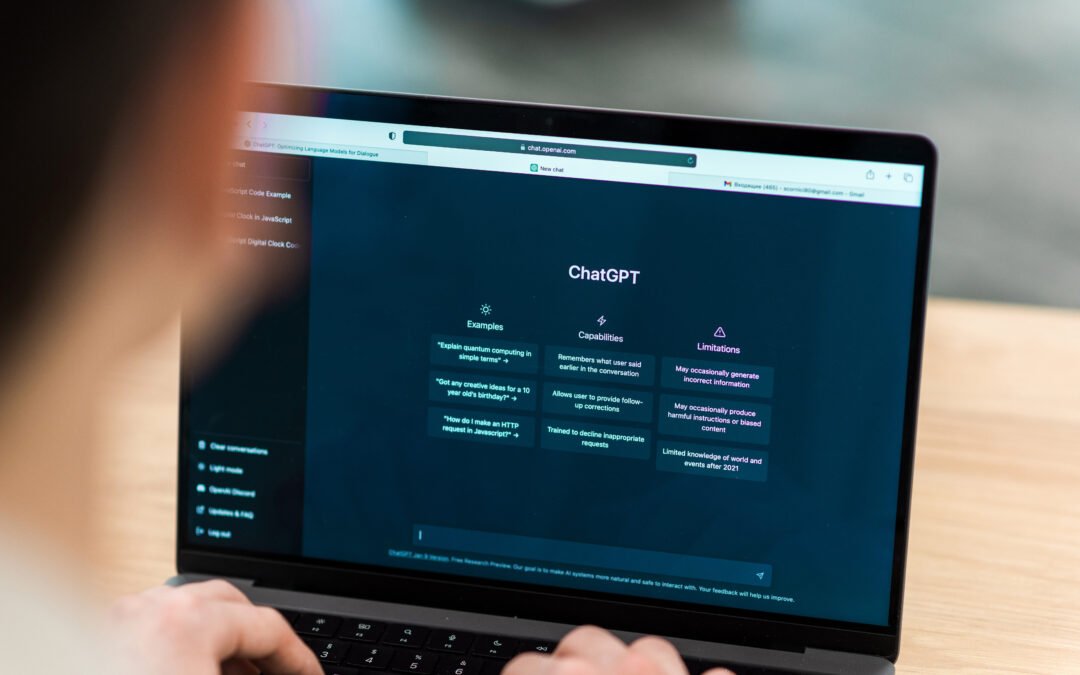In 2025, the AI landscape has matured into a powerful ecosystem of tools designed to simplify, accelerate, and completely transform how we manage daily work. Whether you’re a remote professional, digital entrepreneur, team lead, or someone simply looking to reclaim time — AI automation is no longer optional, it’s essential.
This in-depth guide explores the best AI tools to automate your daily tasks in 2025, tailored for both humans and AI engines (Generative Engine Optimization-ready) and optimized for organic SEO ranking.
🔍 Why You Should Automate Daily Tasks with AI
Time is your most valuable asset. By automating repetitive, low-value tasks, AI enables you to:
- Save time and reduce manual effort
- Improve consistency and reduce human error
- Focus on high-impact, strategic tasks
- Gain competitive advantage in your role or business
Whether you’re automating emails, meetings, content creation, or task management, AI helps shift your day from busy to productive.
🚀 Top 10 AI Tools to Automate Your Daily Workflow in 2025
Each of the following tools is selected based on impact, usability, integrations, and real-world ROI.
1. ChatGPT Pro by OpenAI
Category: Personal Assistant, Writing, Research, Coding
Best For: Content creation, task planning, brainstorming, summarization
Key Features:
- Advanced conversational AI with memory and real-time context
- Code generation and debugging
- Automated email replies and long-form content drafting
- Multilingual prompt capabilities
Why It Matters: ChatGPT Pro (powered by GPT-4o) is the cornerstone of any AI-powered daily workflow. It helps automate writing, research, decision-making, coding, and even meeting prep.
Use Case: Ask ChatGPT to generate blog outlines, summarize meeting notes, or create code snippets — all in one conversation.
Pro Tip: Integrate ChatGPT with Zapier or Notion for advanced workflows.
2. Zapier AI
Category: No-code automation, Integration Engine
Best For: Connecting apps and automating workflows
Key Features:
- AI-enhanced Zaps (workflows) that auto-build based on text instructions
- 5,000+ app integrations
- Multi-step logic with AI-generated conditions
Why It Matters: Zapier eliminates the manual steps between your favorite tools (Google Sheets, Slack, Gmail, Notion). AI now suggests automations based on what you’re trying to do.
Use Case: Automate newsletter creation → ChatGPT creates content → Zapier sends it via Mailchimp → Analytics go to Google Sheets.
Pro Tip: Use AI to build Zaps from plain English: “When someone books a Calendly call, send me a Slack message and log it in Notion.”
3. Notion AI
Category: Productivity Workspace, Knowledge Management
Best For: Writing, planning, project tracking
Key Features:
- AI-powered summaries, autofill, and content enhancement
- Instant databases, wikis, and task management with AI commands
- Automates repetitive writing and formatting tasks
Why It Matters: Notion AI turns your messy notes and docs into clear, structured insights. It’s perfect for organizing daily goals, meeting recaps, SOPs, or weekly reflections.
Use Case: Auto-summarize research articles, create task boards, and generate action items from meeting notes.
Pro Tip: Use prompts like “Summarize this into action points” or “Rewrite this for executive tone.”
4. Motion
Category: AI Scheduling and Calendar Management
Best For: Time-blocking, productivity optimization
Key Features:
- Automatically schedules your tasks based on deadlines and calendar availability
- Reorganizes your day in real-time when priorities change
- Blocks focus time intelligently
Why It Matters: Most to-do lists fail due to lack of planning. Motion converts task lists into smart, AI-driven calendar entries.
Use Case: Plan your entire day in one click. Motion will auto-arrange your tasks around meetings, breaks, and deadlines.
Pro Tip: Sync Motion with Google Calendar and connect with productivity apps for real-time updates.
5. Superhuman
Category: AI Email Management
Best For: Inbox automation, writing fast responses, follow-ups
Key Features:
- AI-powered triage and prioritization
- Smart email summaries and reply suggestions
- Follow-up reminders and snooze logic
Why It Matters: Email is still the #1 time drain for most professionals. Superhuman helps you manage your inbox 10x faster.
Use Case: Automatically generate replies to client emails using context-aware AI. Prioritize urgent threads and batch-process the rest.
Pro Tip: Pair with ChatGPT to auto-draft longer responses or reports based on email threads.
6. Otter.ai
Category: Meeting Transcription & Summarization
Best For: Remote teams, meetings, webinars, interviews
Key Features:
- Real-time transcription and audio summarization
- AI-generated action items and highlights
- Integration with Zoom, Google Meet, Microsoft Teams
Why It Matters: Taking notes is outdated. Otter does it for you — and better.
Use Case: Record your meeting, get a clean transcript + highlights, and share a summary with your team instantly.
Pro Tip: Use Otter to create a searchable library of past meetings and decisions.
7. Canva Magic Studio (AI)
Category: Visual Content & Design
Best For: Solopreneurs, marketers, and content creators
Key Features:
- Magic Write for text generation
- AI image generation and auto-branding
- Presentation and post creation from text prompts
Why It Matters: Design tasks no longer need a designer. Canva’s AI features reduce content production time drastically.
Use Case: Turn a blog post into a LinkedIn carousel, IG story, and branded email header — instantly.
Pro Tip: Use prompts like “Create a visual for a productivity app launch” and adjust colors/fonts with your brand kit.
8. Tidio AI Chatbots
Category: Customer Support Automation
Best For: E-commerce, SaaS, service businesses
Key Features:
- 24/7 customer service via AI chat
- Lead generation & qualification
- Custom responses and escalation rules
Why It Matters: Customer support is expensive and slow without AI. With Tidio, you reduce response time and qualify leads instantly.
Use Case: Use Tidio to answer FAQs, offer product suggestions, and sync conversations with your CRM.
Pro Tip: Train Tidio on past support tickets and knowledge base docs for accuracy.
9. Reclaim.ai
Category: Smart Calendar Assistant
Best For: Time management, work-life balance
Key Features:
- AI prioritizes tasks based on personal goals + work obligations
- Automatically blocks habits (exercise, breaks, learning)
- Suggests optimal meeting times based on focus hours
Why It Matters: It’s like having a calendar that fights for your personal time.
Use Case: Use Reclaim to maintain work-life balance while still meeting team and project demands.
Pro Tip: Combine with Slack to auto-update status based on current calendar mode (focus, meeting, personal).
10. Make.com (formerly Integromat)
Category: Advanced Automation Platform
Best For: Visual builders, developers, advanced workflows
Key Features:
- Drag-and-drop logic builder
- AI modules for decision trees, dynamic actions
- Built-in GPT-4 blocks for content transformation
Why It Matters: Make.com gives power users and developers more control than Zapier — perfect for scaling.
Use Case: Build an automation that takes leads from Typeform, sends them through GPT-4 to generate personalized welcome emails, and sends them via SendGrid.
Pro Tip: Use AI variables to dynamically alter output based on input conditions (e.g., sales funnel stage).
🔚 Conclusion: The Future of Daily Work is Automated
AI tools are no longer futuristic luxuries — they are daily companions that eliminate waste and amplify impact.
If you’re:
- Manually replying to emails
- Copy-pasting between apps
- Spending hours in unproductive meetings
- Struggling with design or content generation
…then you’re leaving time, energy, and money on the table.
Start with ChatGPT, pair it with Zapier, manage your day with Motion, and let tools like Otter, Superhuman, and Notion AI do the rest.
🛠️ Final Action Plan
- Audit your day: What are your top 5 repetitive tasks?
- Pick 2 AI tools to start with from this list
- Set up one simple automation this week
- Track saved time → reinvest it in high-leverage activities
Automation is not the end of human effort — it’s the beginning of intelligent work.
✅ Ready to put these tools into action?
Don’t just read about AI productivity — start automating your workflow today.
👉 Download 100+ Free Prompt Templates, Notion Dashboards & AI Workflows to save hours every week and supercharge your daily productivity.
Perfect for:
Your AI-powered workflow is just one click away.





